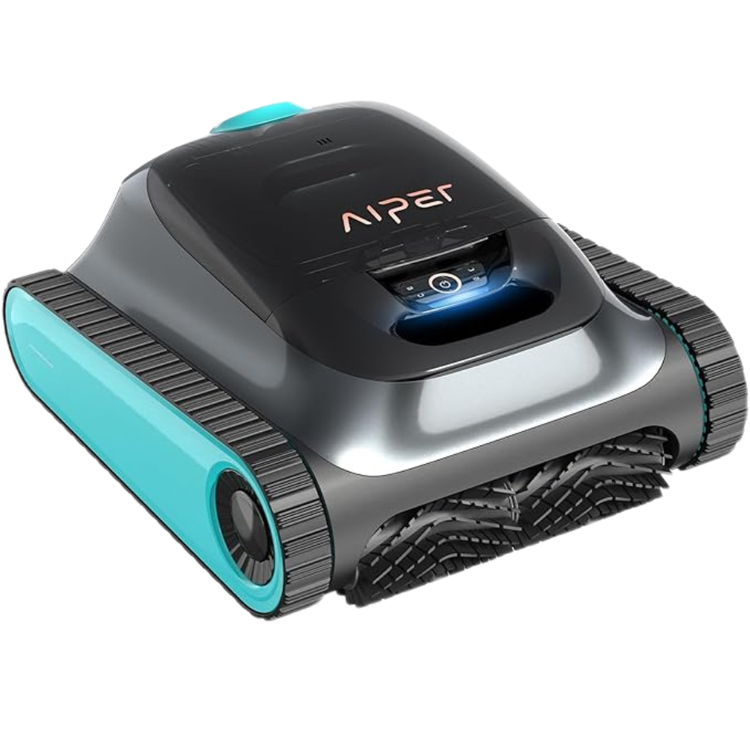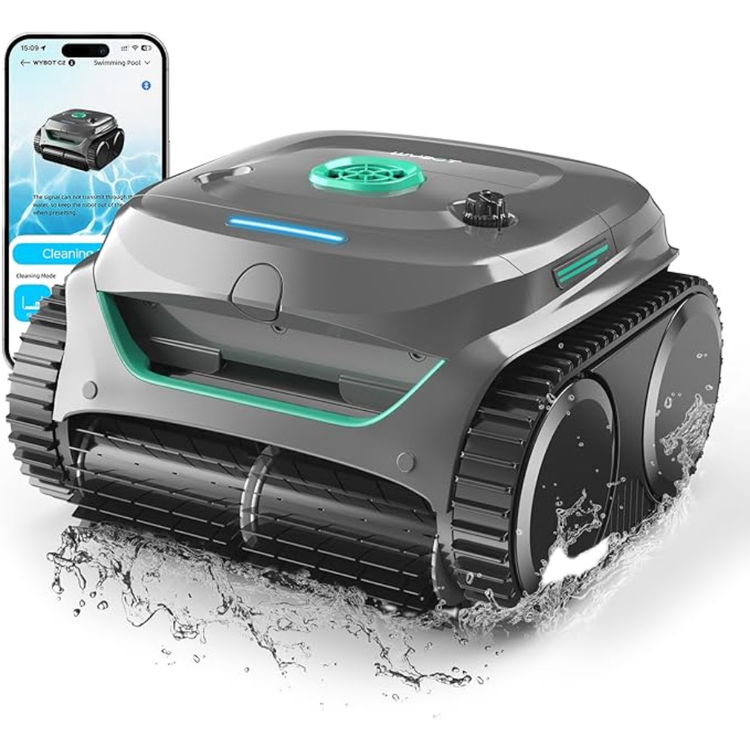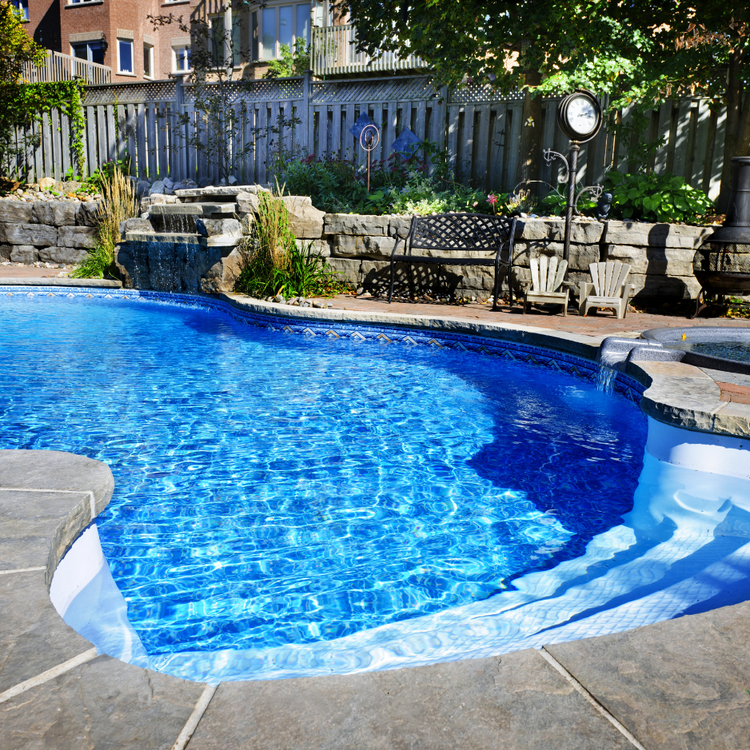How Robotic Pool Cleaners Work in Canada
A complete Canadian guide explaining how modern robotic pool cleaners operate. Learn about smart navigation, cordless power, advanced filtration, and the benefits they bring to every backyard pool.

See our picks: Best Robotic Pool Cleaners in Canada 2026
Expert comparisons and real performance insights for Canadian homeowners.
Open guide
Introduction
Robotic pool cleaners have transformed how Canadians maintain their pools. Instead of manually vacuuming or relying on costly cleaning services, these devices handle the job automatically. Using smart navigation, advanced suction, and fine mesh filters, they remove dirt, sand, pollen, and sunscreen residue while keeping the water consistently clear.
This guide explains the core technology behind robotic pool cleaners, how they move, clean, and filter water, and why they are ideal for both above ground and inground pools across Canada. You will learn how they save time, reduce chemical use, and adapt to different weather conditions from Ontario to British Columbia. For a full breakdown of the best models available this year, visit our Best Robotic Pool Cleaners in Canada 2026 guide.
Step 2: Filtration and Suction Power
Filtration is the heart of any pool cleaner. Robotic units rely on internal pumps that draw in water through fine or dual stage filters, capturing everything from leaves and sand to micro debris and pollen. Many use top load baskets for easy removal and quick rinsing, eliminating the mess of traditional vacuum systems.
In Canadian climates where pollen, dust, and debris levels fluctuate throughout the season, these high capacity baskets ensure consistent water clarity. Some advanced models even separate fine and large debris to prevent clogging and maintain strong suction across the entire cleaning cycle.

Step 3: Cordless and Energy Efficient Design
One of the biggest breakthroughs in modern pool cleaning is cordless operation. Battery powered robotic cleaners eliminate tangled cables and make setup as easy as drop, clean, and lift. Most cordless models run between ninety and one hundred eighty minutes per charge, which is ideal for typical Canadian residential pools.
Their lithium ion batteries are optimized for efficiency, using low voltage motors that consume less power than a household light bulb. This makes them safe, eco friendly, and affordable to run season after season, especially when compared to traditional suction or pressure cleaners that depend on your pool pump.

Step 4: Cleaner Water with Less Chemicals
Automatic pool robots improve circulation by moving water through their internal pumps, which helps distribute chlorine and heat more evenly. By removing fine debris that filters often miss, they prevent algae growth and reduce the need for extra chemicals. The result is water that looks and feels fresher.
For Canadian families who swim regularly, this balance is essential. Cleaner water means fewer irritants, lower chemical costs, and less environmental waste. Many homeowners notice their water stays clearer for longer, even during high use summer months.
Step 5: Maintenance and Longevity
Maintaining a robotic pool cleaner is straightforward. After each cycle, remove the filter basket, rinse it under a hose, and let it dry. Brushes and tracks should be checked weekly for leaves or twigs. Most models are designed for tool free maintenance, so you can replace parts like filters or brushes within minutes.
In Canada’s varied climate, proper storage extends lifespan. Before winter, drain all water, dry the unit completely, and store it indoors away from freezing temperatures. With this care, a good robotic cleaner can last seven to ten years with consistent performance.
Step 6: Built for Canadian Seasons
Canadian weather demands versatility. Robotic pool cleaners are designed to operate reliably from early spring to late autumn, even as temperatures fluctuate. They handle cold water starts and resist UV damage during long sunny days. When the swimming season ends, most units require only simple cleaning and indoor storage.
Whether you live in Ontario, Alberta, or British Columbia, these devices adapt easily to your seasonal pool routine, providing clear water and time savings through every swim cycle.
Quick Compare
| Setup: Robotic cleaners are fully automatic while manual cleaning requires time and tools. |
| Coverage: Robots handle floor, walls, and waterline while manual vacuums clean only partial areas. |
| Energy use: Robots use low voltage motors while manual methods depend on pool pumps. |
| Water quality: Robots remove fine debris while manual cleaning often misses particles. |
| Maintenance: Simple basket rinse while manual systems need hoses, brushes, and more chemicals. |
FAQ
Are robotic pool cleaners worth it in Canada? Yes. They save time, lower maintenance costs, and provide excellent cleaning for most residential pools.
Do they work in cold water? Most units function well in water as low as ten degrees Celsius, making them ideal for early and late season use.
Can they clean walls and steps? Premium models climb walls and scrub the waterline. Some can even handle steps or tight corners.
How long does a battery last? Typical runtime is between ninety and one hundred eighty minutes per charge, enough for most backyard pools.
What is the lifespan? With proper maintenance, robotic cleaners last between seven and ten years depending on usage and storage care.
Editorial note and affiliate disclosure. Last updated October 2025.
